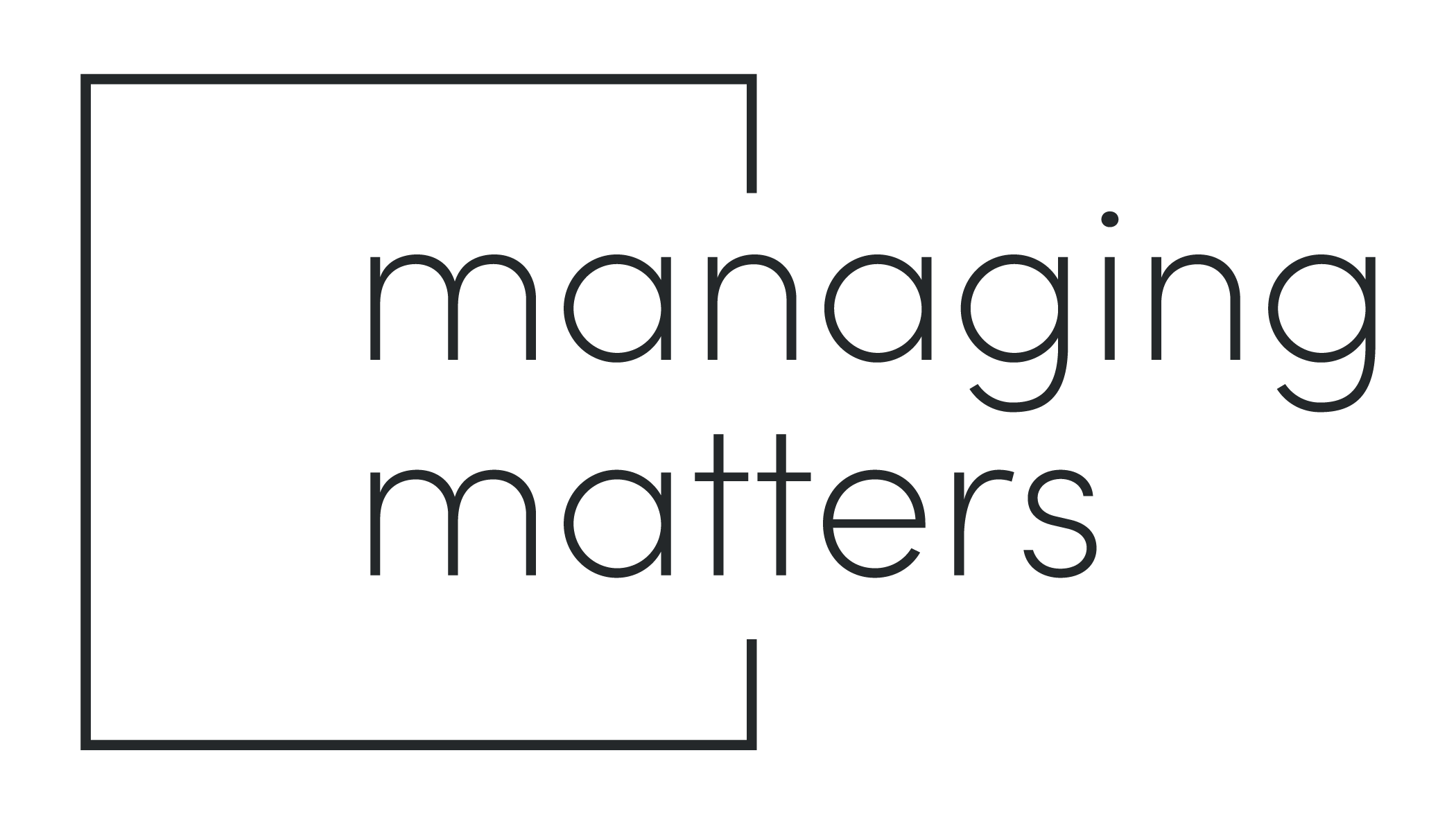Answer: SITE outlines three levels of inspection
An inspector will be able to help you assess which level of inspection is required based on your needs. For most insurance and real estate inspections, a Visual inspection is sufficient. If, during the course of the inspection, the inspector sees signs of concern, a Technical or Invasive inspection may be recommended.
Visual Inspection
A Visual Inspection may be required as part of a real estate purchase, as requested by your insurer, as required by the Authority Having Jurisdiction or as part of a Fire Code requirement. It also provides peace of mind to you prior to using the appliance.
This includes a basic inspection of the solid-fuel-burning appliance and venting system components that are visible. It will include measurements of clearances, opening doors or dampers, and a visual inspection of the chimney from the ground. It will identify any noted deficiencies and red flags that may require a more detailed inspection. It will include a final report on WETT inspection forms.
If there is obvious evidence of a problem with the system, a “Technical” inspection should be completed.
Technical Inspection
A Technical Inspection may be required by the insurance company or Authority Having Jurisdiction. It can be a follow-up to the Visual inspection where further investigation was recommended.
This inspection would include all elements of a “Visual” inspection. It would also include a hands-on inspection, which may include taking apart flue pipes, opening clean-outs, entering the attic to view additional system components, and may include accessing the chimney on the roof. The WETT inspection report will include all findings and clearly define what was able to be accessed and what not able to be inspected.
This could be required where there are concerns noted in a “Visual” inspection, or after a significant period of time where the appliance was not used. If you have replaced some components in the system, this inspection will review the system as a whole. It may also include a recommendation for an invasive review where some components are not accessible.
A chimney fire, seismic event or suspected incident may require completing an “Invasive” inspection if some components of the system are not accessible through the “Technical” inspection.
Invasive Inspection
An Invasive Inspection would include an invasive review of components. It may include opening walls (drywall), or other tasks that require additional construction-related skills. The extent of the inspection and its purpose should be clearly discussed with the WETT technician prior to commencing. The WETT inspection form will be provided at the end of the inspection, and will include additional narratives to describe the results of the invasive work.
When concealed components identified in a “Technical” inspection require further investigation, this inspection should be completed. If there has been a chimney fire or suspected incident and there are components not accessible with a “Technical” inspection, complete an “Invasive” inspection. The corrective actions indicated in the report must be completed prior to the appliance being used again.
If your wood-burning system is not functioning properly or causing concerns such as smoke spillage, rapid creosote accumulation, etc., you should contract a WETT-certified technician or sweep.
Click here to view the WETT SITE Guidelines
Not sure what you are looking for? Click here for further information and to find a WETT professional.
